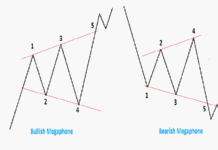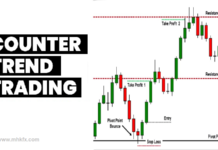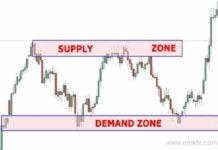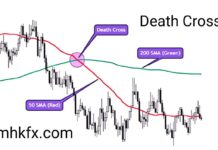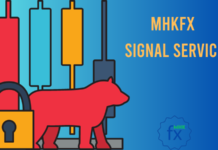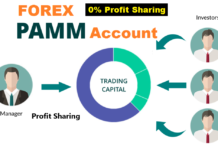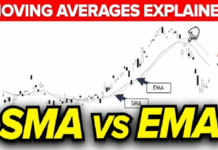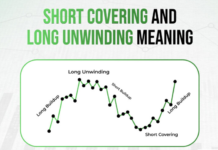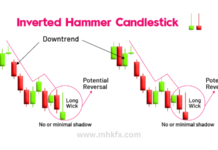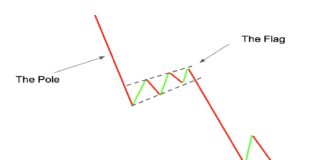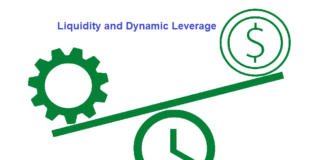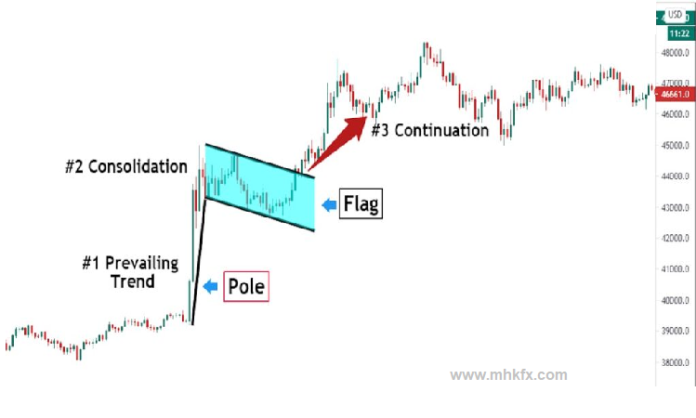
In the world of trading and investing, market volatility can often make even the most seasoned investors jittery. However, experienced traders know that within the chaos, there are often clear signals that can be harnessed for profitable opportunities. One such signal that stands out as a beacon of hope amid market turbulence is the bullish flag pattern. This pattern, when identified correctly, can be a powerful indicator of a potential upward price surge. In this article, we will explore the bullish flag pattern, how to recognize it, and why it is considered a signal of strength in volatile markets.
Understanding the Bullish Flag Pattern
The bullish flag pattern is a technical analysis chart pattern that typically occurs within a strong uptrend. It is characterized by a brief consolidation or sideways movement, which resembles a flagpole, followed by a breakout to the upside. This pattern is considered a continuation pattern, indicating that the prevailing uptrend is likely to resume once the consolidation phase is complete.
Key Characteristics of the Bullish Flag Pattern:
Flagpole: The flagpole is the initial strong upward price movement that precedes the pattern. It represents a rapid price increase driven by buying pressure.
Flag: The flag is a rectangular-shaped consolidation phase that forms after the flagpole. During this phase, the price tends to move sideways or slightly against the prevailing trend. It is marked by lower trading volumes, indicating a temporary balance between buyers and sellers.
Breakout: The pattern concludes with a breakout to the upside, where the price surges higher, often with increased trading volume. This breakout signifies the resumption of the previous uptrend.
Recognizing the Bullish Flag Pattern
Identifying a bullish flag pattern involves keen observation and a few key technical analysis tools. Here are the steps to recognize it:
Prior Uptrend: Confirm that the pattern is occurring within an existing uptrend. The flag should be a temporary pause in an overall bullish trend.
Flagpole: Look for a sharp and significant price increase that acts as the flagpole. This marks the initial phase of the pattern.
Flag Formation: Observe the price consolidating in a rectangular or parallel channel. It should be relatively shorter in duration compared to the preceding flagpole.
Volume Analysis: Analyze the trading volume during the flag pattern. Typically, trading volume decreases during the flag phase and increases upon the breakout.
Why the Bullish Flag Pattern Signals Strength
The bullish flag pattern is considered a signal of strength for several reasons:
Resumption of Uptrend: The pattern’s structure suggests that after a brief consolidation, buyers regain control, leading to a breakout to the upside. This indicates that the bullish trend remains intact.
Healthy Correction: The flag phase represents a healthy correction within the uptrend. It allows overbought conditions to cool off and offers new entry points for traders.
Market Sentiment: The pattern reflects a temporary equilibrium between buyers and sellers, with the eventual breakout favoring the buyers. It signifies underlying bullish sentiment.
Volatility Management: Traders can use this flag pattern to manage risk and optimize their entry and exit points, providing a valuable tool in turbulent markets.
Conclusion
In the midst of market volatility, identifying the bullish flag pattern can be a source of confidence for traders and investors. This pattern serves as a strong signal of strength, indicating that a prevailing uptrend is likely to continue its upward trajectory. However, it’s essential to combine technical analysis with other risk management strategies to make informed decisions. By recognizing and understanding this flag pattern, traders can harness the potential opportunities presented by this formation, even in the most turbulent of markets.
Click to sign up with Think Markets
Related Post:
Bearish Flag Pattern Suggests Potential Downtrend
RSI Divergence Points to Potential Trend Reversal in Trading Market

